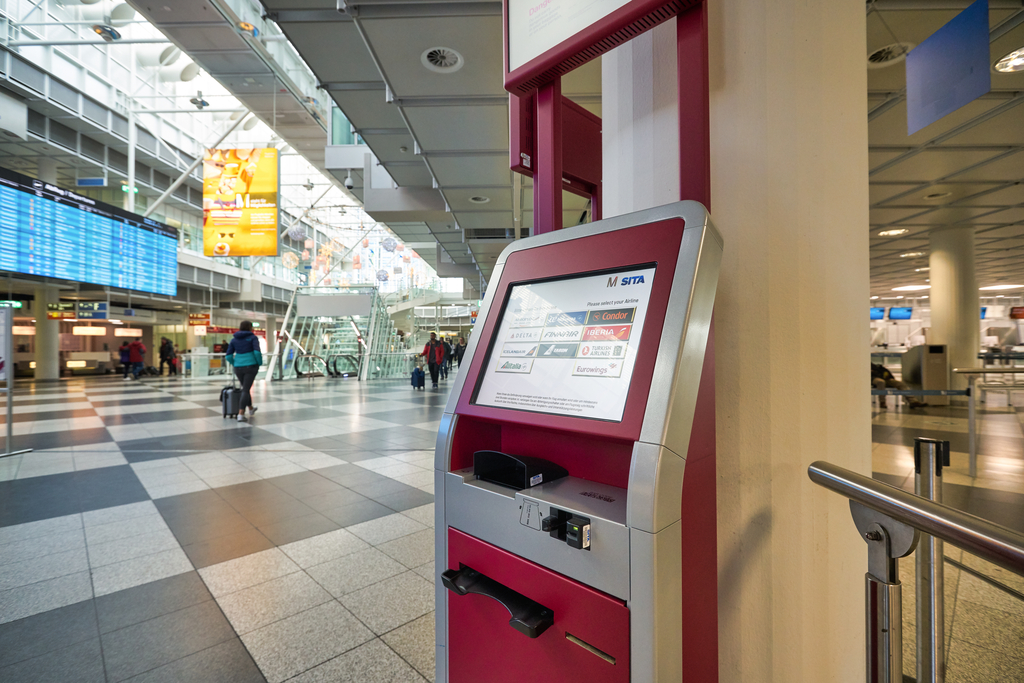With talk of airports opening in a few places, it looks like we may soon be able to travel again, but with many precautions in place. In a post-COVID-19 scenario, it is crucial to stay informed and take adequate measures to stay safe, and avoid catching the virus. The risk of infection on an airplane, is actually quite low. Ventilation systems on modern planes provide a total change in air 20-30 times an hour. The risk of infection on an airplane, therefore, comes mainly from direct contact with infected persons and contact with surfaces that an infected person has been in contact with. There are, thus, some things you must keep in mind for your next air travel experience.

The new travel essentialsMake AnInventory List
As a general rule, there are a few items that you should carry with you while travelling. Your list should include a hand sanitiser (with more than 60% alcohol content), disinfectant wipes, tissues, and a face mask. These items can help you maintain a certain level of hygiene and prevent contact with disease-causing respiratory droplets.
Be Mindful Of What You Touch
You would have read that the novel coronavirus has been spreading at an accelerated rate. This merits a heightened sense of caution. It’s important to be mindful when using devices or touching surfaces that others have used too, such as ATMs, check-in machines, escalators and the like. Use a generous amount of sanitizer whenever you touch any of these surfaces and be careful not to touch your face.
Similarly, be mindful of your own high-touch items, such as phones and wallets. Keep them in a bag rather than exposed in bins during security checks. Your phone is constantly being handled (without you paying much attention to what you touched before it). So wiping it down with disinfectant a couple of times a day is advisable.
Minimise Human Contact
Wherever possible, try to rely on technology and automation. Get your boarding pass from the machine and sanitise your hands afterwards. In terms of food and retail outlets within the airport, try not to touch common surfaces, maintain the recommended six-foot distance from the staff, and try to pay using contactless options.
Get A Window
While choosing your seat on a plane may not be in your hands immediately after travel is resumed, when you can, always opt for the window. The best way to avoid germs on a plane is to sit at a window seat and remain seated for the course of the flight. Infected passengers will most likely not infect people sitting farther than two seats beside them or one or two rows in front or behind. Risk of indirect transmission can be eliminated by keeping hands clean and avoiding contact with eyes, nose and mouth.
Wipe Down Your Surroundings
While taking your seat, take a page of a book and do a quick scrub down of the hard surfaces around you with disinfectant wipes. The back of the seat in front of you, the seat flap, the tray table, the arm rests, are all surfaces where infectious respiratory droplets can remain alive. Be sure to allow the surfaces to remain wet for the time it takes for the disinfectant to work (which is usually mentioned on the box) and to not use wipes on soft surfaces, such as upholstery which would leave an uncomfortable wet seat and spread the germs out further.
Also, remember that the coronavirus will not directly infect you from such surfaces, only when you touch an infected surface and then touch your face (the entry points so far are via your nose, mouth and eyes). As such, whenever you touch surfaces that many others may have as well (touchscreens or the handle to the bathroom), try to use tissues to avoid direct contact with surfaces and dispose of the tissues safely when you’re done.
Don’t Drink Water
The water from airplane water tanks is not always clean, so drinking tea or coffee, which is usually made from this water and not bottled water, might not be a good idea.
Stay Home If You’re Sick
This is the most important point. More often than not, we focus on how to protect ourselves from the disease, but don’t think about preventing ourselves from spreading it. It is recommended waiting a minimum of 24 hours after a fever has completely abated before stepping out. It’s important to think about everyone if this virus is ever to be contained.

